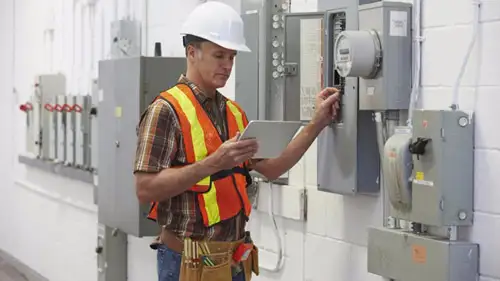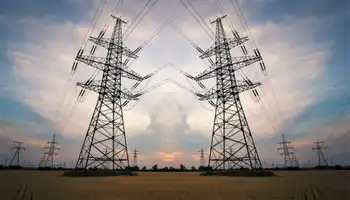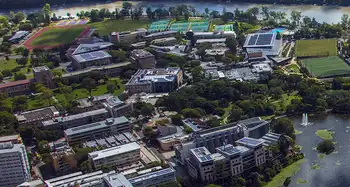Hydropower in India – feast or famine?
By Industrial Info Resources
CSA Z463 Electrical Maintenance -
Our customized live online or in‑person group training can be delivered to your staff at your location.

- Live Online
- 6 hours Instructor-led
- Group Training Available
In 1902, a second plant was established on the Shimsha River in Karnataka.
By the middle of this year, India's installed hydroelectric generating capacity had reached almost 37,000 megawatts MW, representing almost 23 of the country's total generating capacity. In comparison, thermal power plants using coal, gas and diesel, contributed a total of 104,400 MW, or more than 64.
In recent years, despite increased hydroelectric schemes, the proportion of electricity generated from hydropower in India has declined. In 1970, for example, the proportion was as high as 44. Now the Indian government is pushing for increased power production from renewable sources, including hydropower schemes, as it strives to cut 2005 carbon-emission levels by between 20 and 25 by 2020.
The potential for hydroelectric power in India is enormous. The Indian Central Electricity Authority CEA New Delhi estimates hydropower potential to be as much as 148,700 MW, or 84,000 MW under a 60 load capacity. Under the 12th Five-Year Plan 2012-17, the Indian government has identified possible hydropower projects totaling more than 38,000 MW.
These projects range from the 25-MW plant at Ganol, on the Barak tributary of the Brahmaputra River in Meghalaya, to the 4,000-MW project at Etalin, on the Dibang tributary of the same river in Arunachal Pradesh. A meeting of the Task Force for Hydro Power Development in April this year determined that a capacity of 20,000 MW should be commissioned during the 12th Five-Year Plan.
For the same period, India's premier hydropower utility, NHPC Limited, has commissioned 1,150 MW of hydropower and has a further 4,172 MW under construction.
Both the state and national governments in India seem to regard hydropower as a potential gold mine to generate not only power, but also wealth. A recent cabinet note from the Arunachal Pradesh state government, for example, discusses the "state floating in hydro-dollars like the Arab countries are floating in petro-dollars."
But despite the enormous potential, hydropower has its problems. While proponents point to the green benefits of hydropower, opponents counter with claims that constructing dams often involves social injustices, such as the necessary relocation of villages. Critics point to the costs involved and the environmental destruction of large tracts of land.
While the International Hydropower Association pushes the environmental aspects of hydropower, a report produced by the World Commission on Dams in 2000 that investigated the environmental impacts of large dams, stated that "a first estimate suggests that the gross emissions from reservoirs may account for between 1 and 2 of the global warming potential of greenhouse gas emissions."
Another problem with hydropower is the inconsistency of water supplies. There seems to be a "feast or famine" scenario, with either floods or droughts. The enormous potential of rivers that begin in Himalayan glaciers is under threat as these glaciers are reportedly receding because of global warming.
According to the Intergovernmental Panel on Climate Change IPCC, rivers depending on flows from the glaciers "such as the Ganga, the Indus and the Brahmaputra and others in northern India may soon become seasonal."
Not only is the volume of available water under threat, but also competition for water resources is increasing from the industrial, agricultural and domestic sectors.
Earlier this month, the Ministry of Environment and Forests commissioned two studies on the impacts of all hydroelectric schemes planned for the Bhagirathi and Alaknanda rivers. The studies are aimed at assessing whether the construction of dams on the rivers will reduce the water available for irrigation and domestic consumption downstream.











